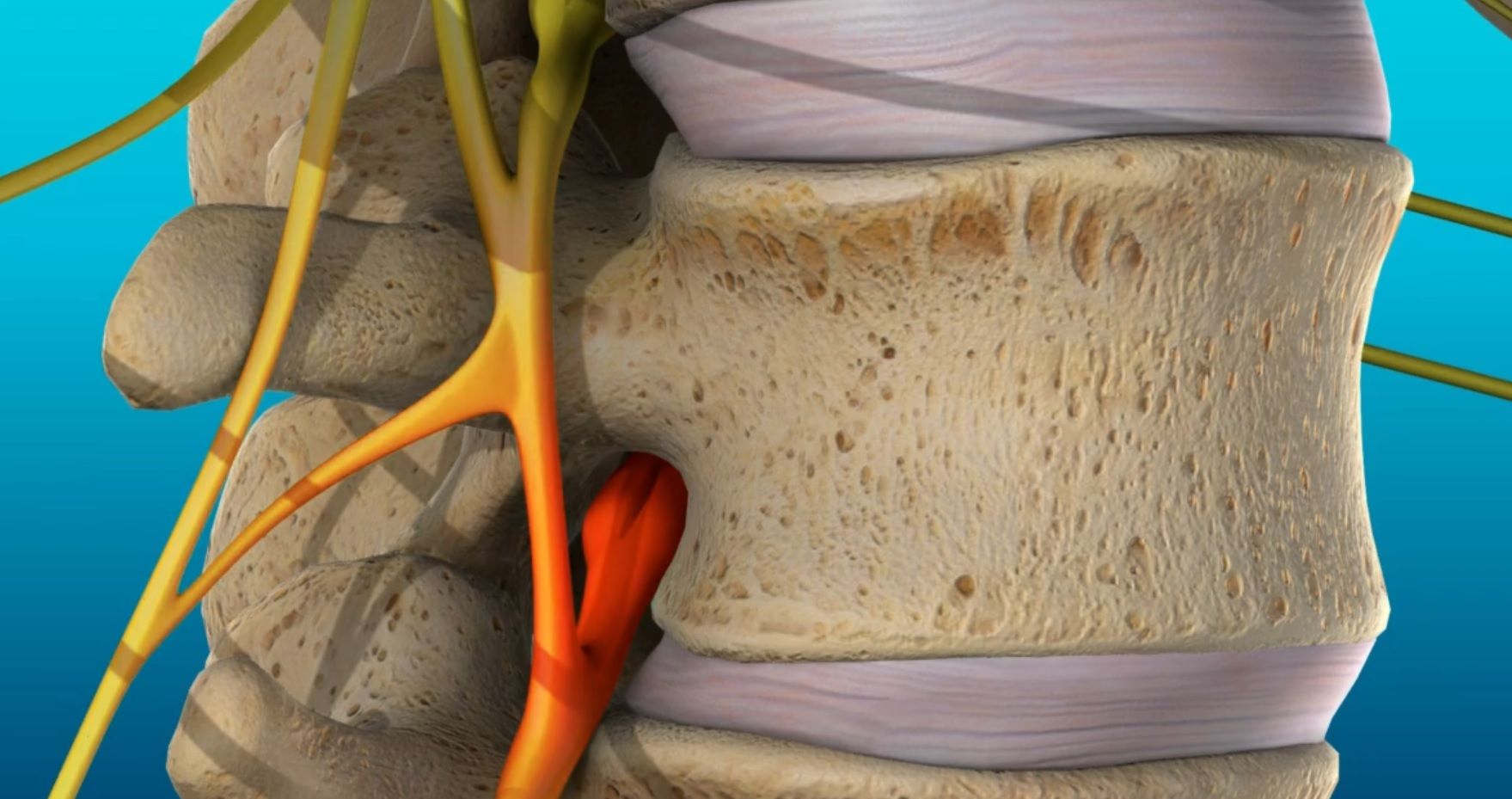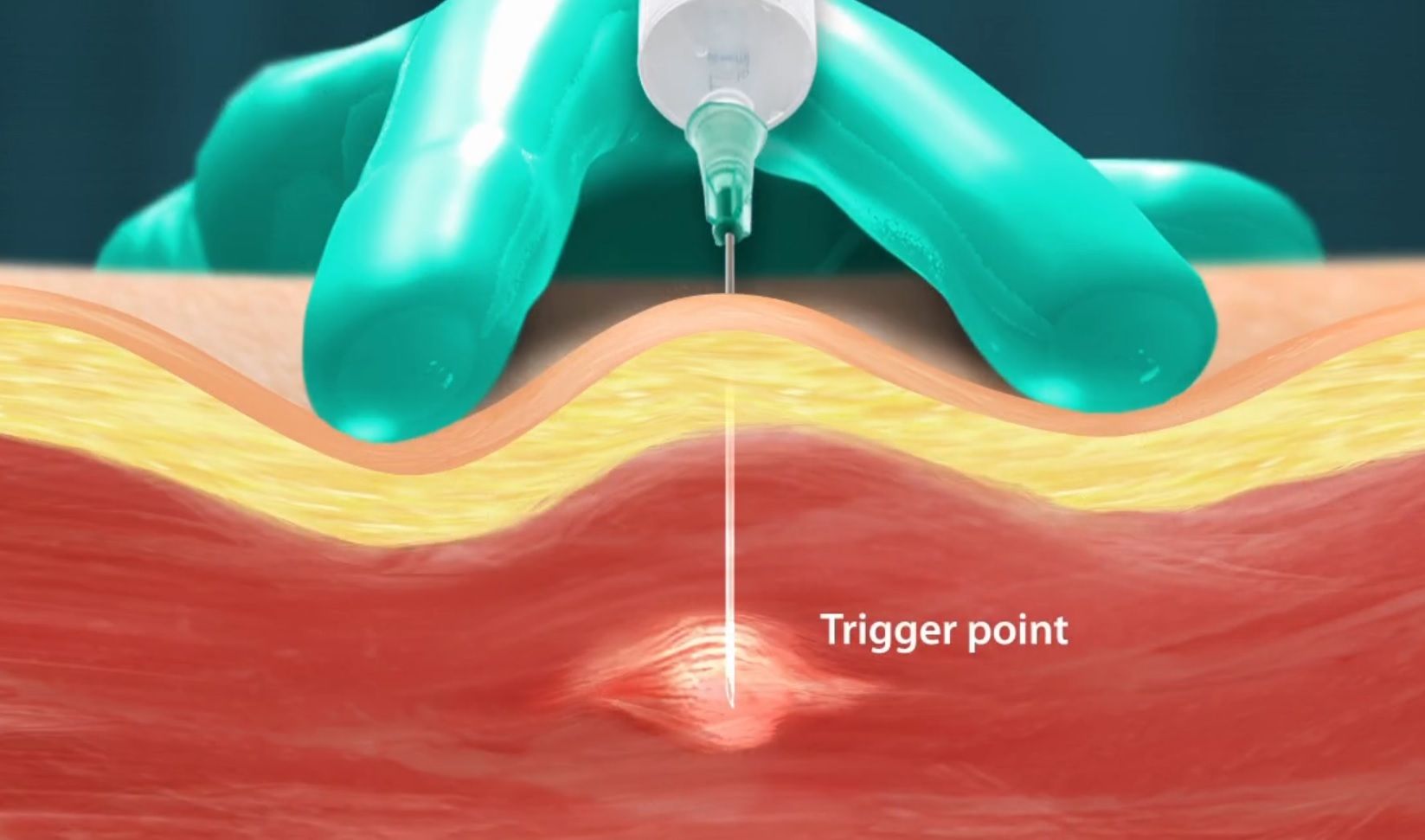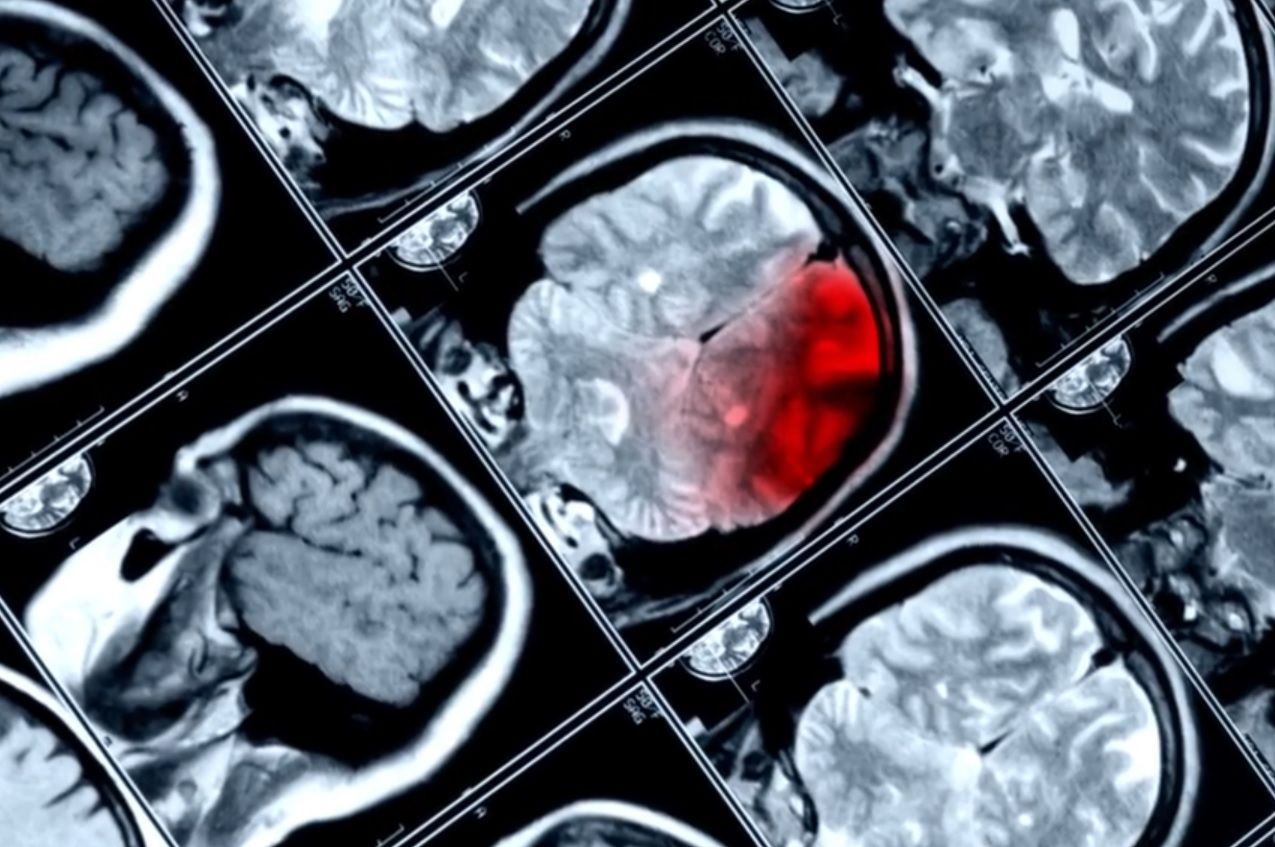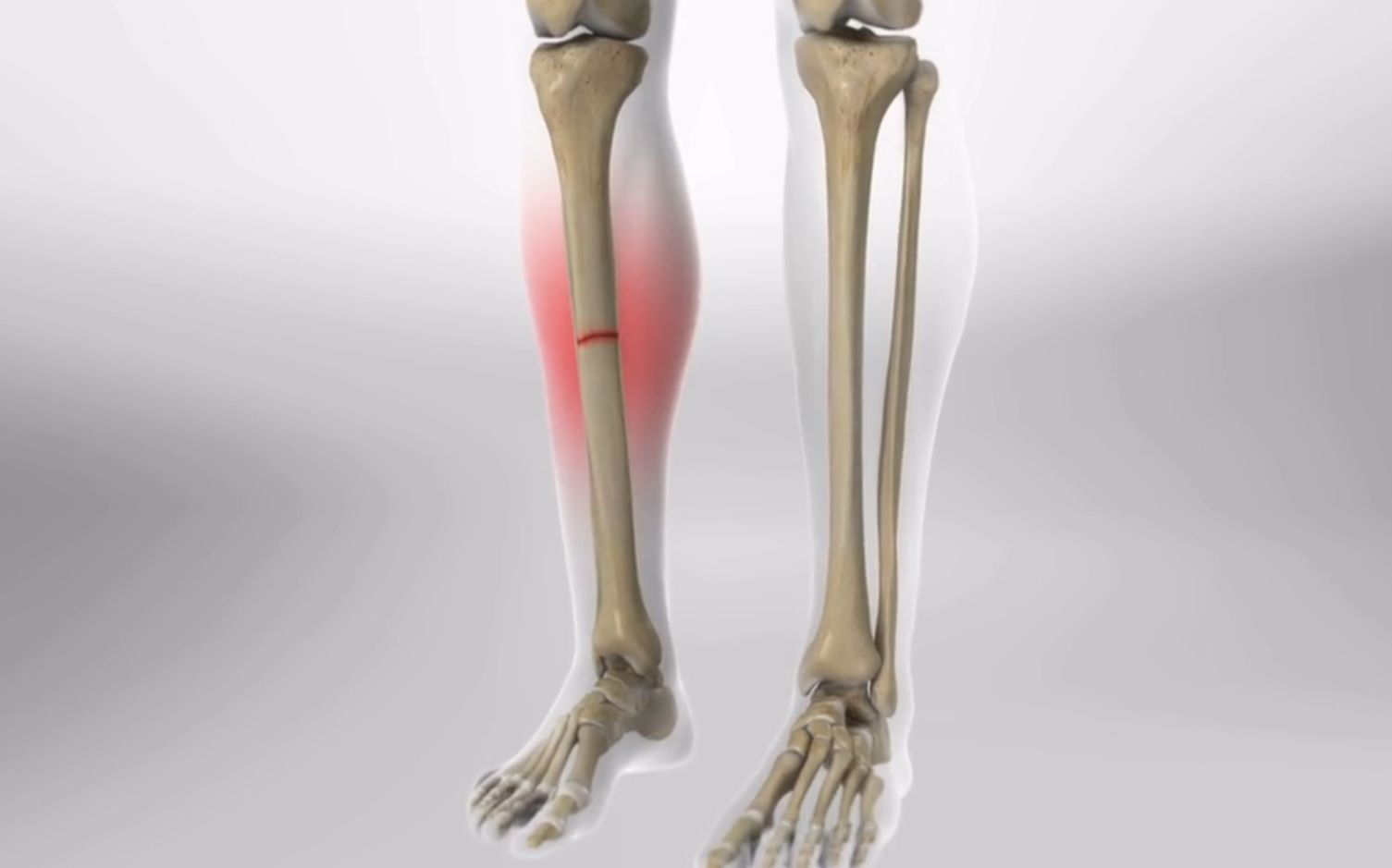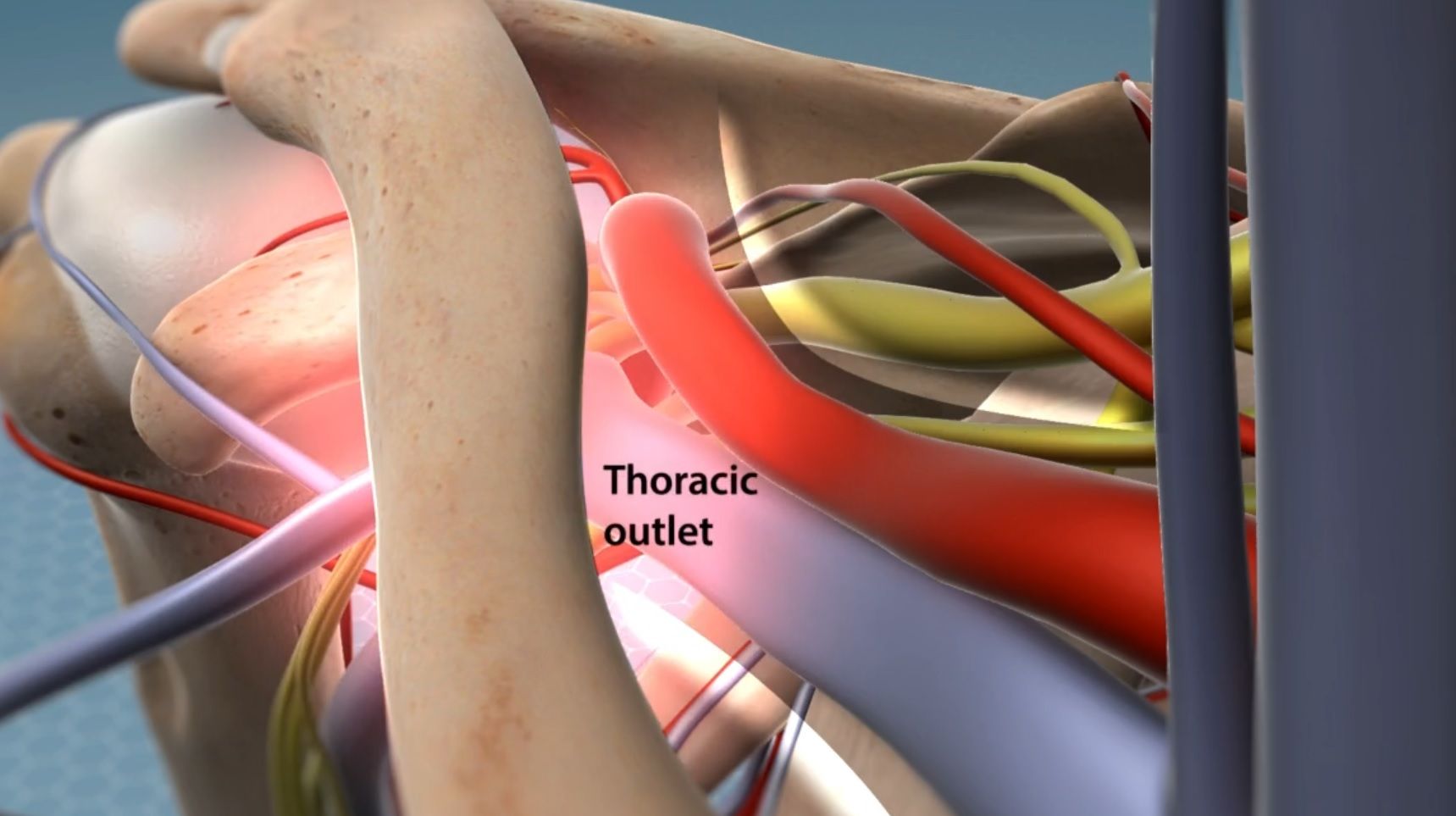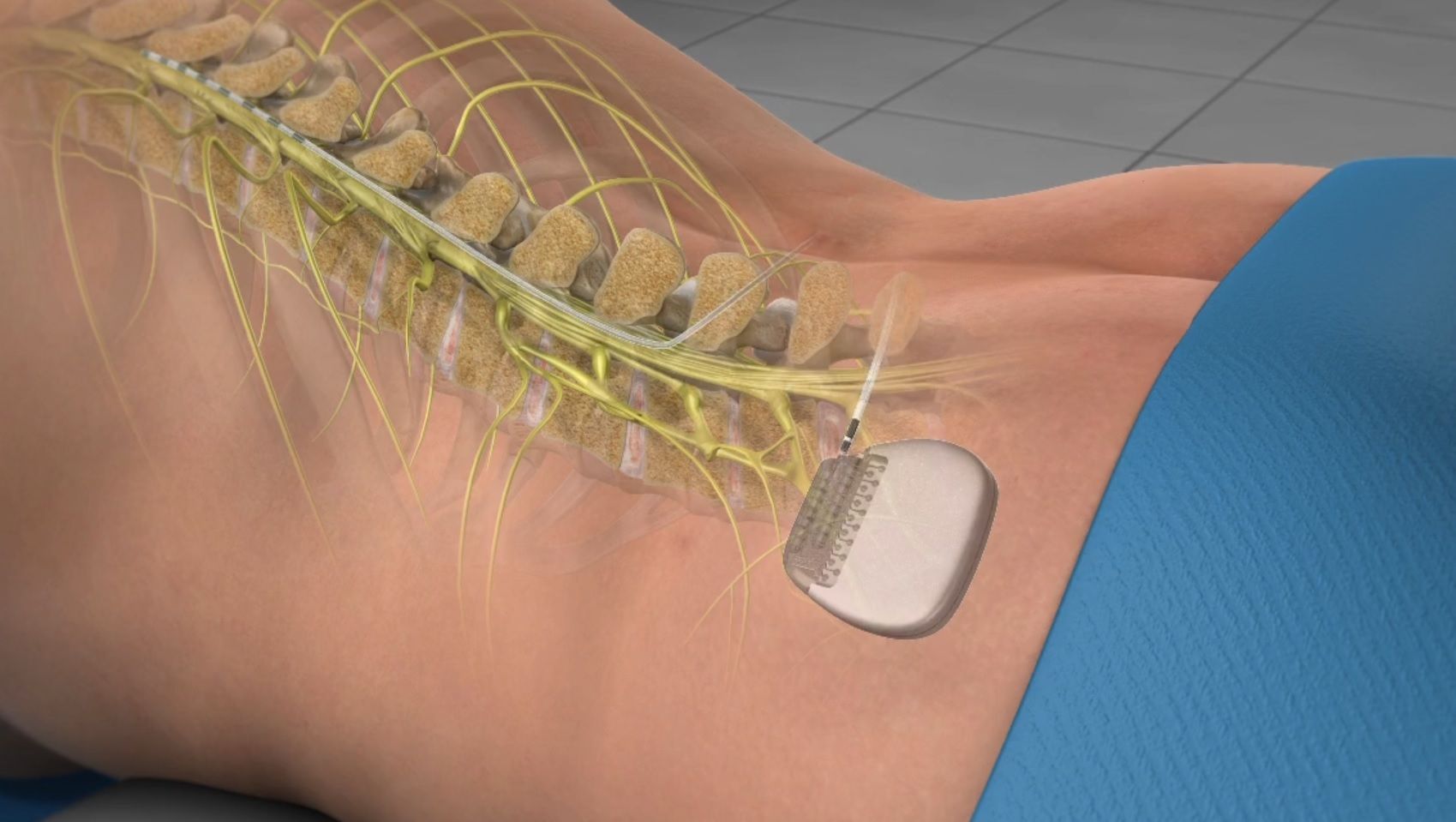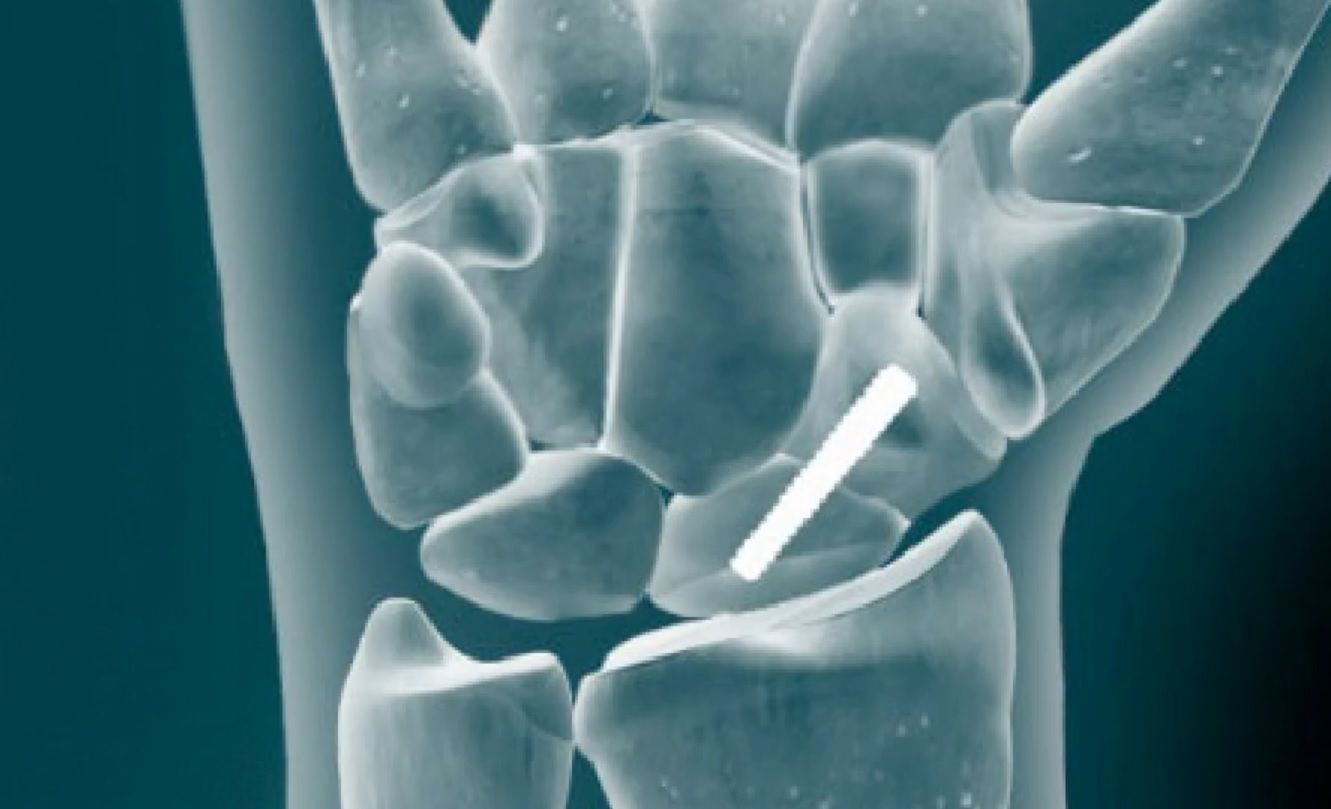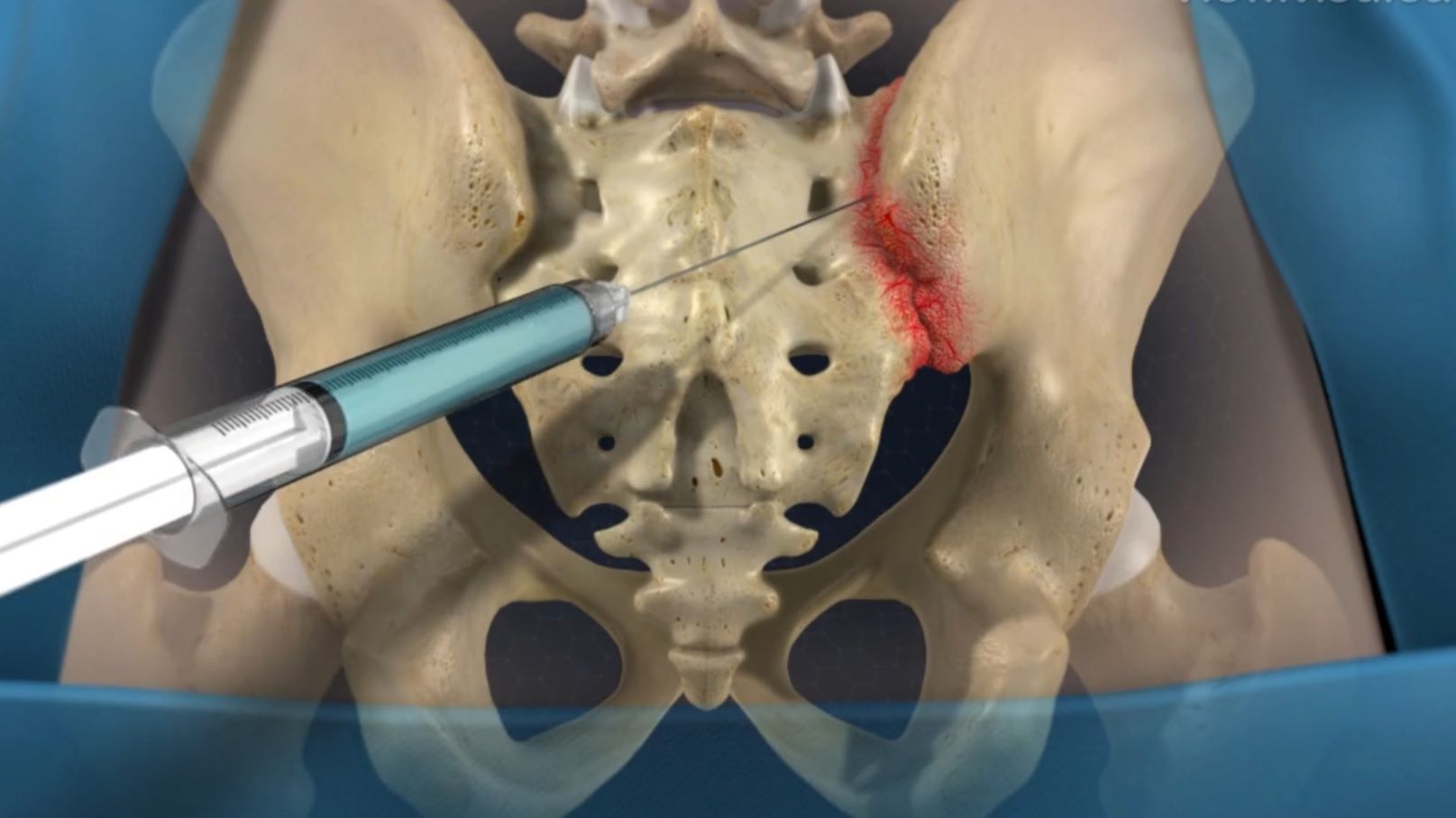Archives: Injury Resources
These are the medical resources that help clients learn more about the various injuries that could be sustained in an accident.
Overview
Your spine is made up of many structures including bones called vertebrae. Subluxation occurs when a vertebra shifts forward out of position. This bone misalignment can compress nerves that exit the spinal canal causing a variety of symptoms.
Causes
Subluxation can be caused by normal activity and the wear and tear of aging. It can also be caused by physical exertion or injury.
Symptoms
Symptoms depend on which vertebra is subluxed and how that affects the related nerve. ...
Trigger Point Injections
Overview
Trigger point injection is an outpatient procedure designed to reduce or relieve the pain of trigger points. Trigger points are small tender knots in the muscle or connective fascia tissue that surrounds muscles. The injection procedure takes only a few minutes to complete.
Preparation
To prepare for the procedure, the patient is positioned comfortably and the doctor presses against the skin to locate the trigger point. The doctor then cleans the skin above the trigger point and...
Traumatic Brain Injury
Overview
Traumatic brain injuries (TBI) cause brain dysfunction and can severely impact your life.
Causes
As the name suggests, this type of injury is caused by trauma forcing the brain to slam into the sides of your skull. This impact tears brain tissues and blood vessels. TBI’s are usually caused by car crashes, falls, sports injuries, and physical assaults, but can be caused by anything the penetrates the skull and enters the brain.
Symptoms
There is a wide variety of dysfunction...
Total Hip Replacement
Overview
In a total hip replacement surgery, the parts of your damaged hip joint are replaced with implants to recreate the ball and socket. This procedure reduces pain and restores hip mobility and function.
Preparation
To start the surgery, you are put to sleep with general anesthesia. The surgeon makes an incision along the side of your body to expose your hip joint. The damaged head of your femur (the “ball”) is removed so that the hip joint can be separated.
Pelvic Implant
The...
Tibia Fractures
Overview
The tibia is the larger of the two lower leg bones and is often called the shinbone. This strong bone supports most of your body weight, so fracturing the tibia can have painful consequences.
Causes
It takes a great deal of force to fracture a tibia. Car crashes and falls are a frequent cause. Tibias can fracture when snow skiing or participating in contact sports like football or soccer. Osteoporosis and other bone diseases can weaken the tibia and make it easier to break.
Types...
Thoracic Outlet Syndrome
Overview
Nerves and blood vessels can be compressed in the space between your clavicle (collar bone) and your top rib. This space is called the “thoracic outlet” and the disorders caused by this compression are collectively called thoracic outlet syndrome.
Causes
Many conditions cause thoracic outlet syndrome. Physical injuries such as car crashes or falls can traumatize the structures of and in the thoracic outlet. Repetitive movements, poor posture, physiological changes during pregnancy,...
Spinal Stenosis
Overview
Your spinal nerves travel exit your spinal canal through openings called foramen. Any narrowing of these openings can compress your nerves, a condition known as spinal stenosis. It usually occurs in the cervical (neck) or lumbar (low back) spine.
Causes
Spinal stenosis has many causes. Some people have a smaller spinal canal. For most, spinal stenosis is due to a change in the anatomy of the spine. Vertebral subluxations cause spinal bones to be out of position, changing the...
Spinal Cord Stimulator (SCS)
Overview
Spinal cord stimulation (SCS) relieves chronic pain of the back, arms and legs. It uses electrical pulses to prevent pain signals from traveling through spinal nerves to the brain. SCS candidates are patients who suffer from nerve-related pain that has not been relieved with other treatments.
Trial Implantation
A “test run” is done first. The patient’s treatment area is numbed with anesthesia. Wire leads are inserted through an epidural needle into the epidural space that surrounds...
Scaphoid Fracture Surgery (Open Reduction and Internal Fixation, ORIF)
Overview
The scaphoid is one of the carpal bones of your wrist and is critical to coordinate motion of the other carpal bones and the radius bone of the lower arm. A fractured scaphoid requires open reduction and internal fixation surgery (ORIF) to fully and correctly align and heal.
Preparation
Anesthesia is administered to the patieht, whose arm is positioned with the palm facing up. The hand and forearm are cleansed and sterilized. A tourniquet is applied to limit blood flow. The...
Sacroiliac Joint Pain
Overview
Your sacroiliac joints (often called “SI” joints) are where your hips meet your spine. These joints don’t have much flexibility but do move slightly as you move your body. Injured or damaged SI joints cause pain.
Causes
Sacroiliac joints hurt when tiny nerves become irritated. These nerves can be irritated from injury, arthritis, or if the supporting ligaments weaken and allow too much motion at the joint.
Symptoms
SI joint pain starts in your lower back...

